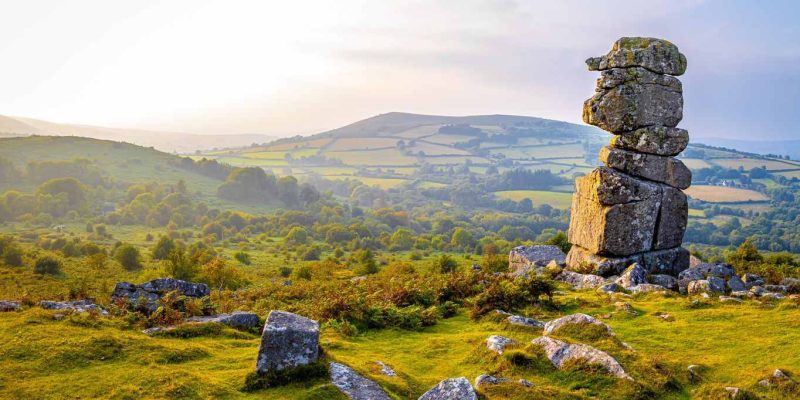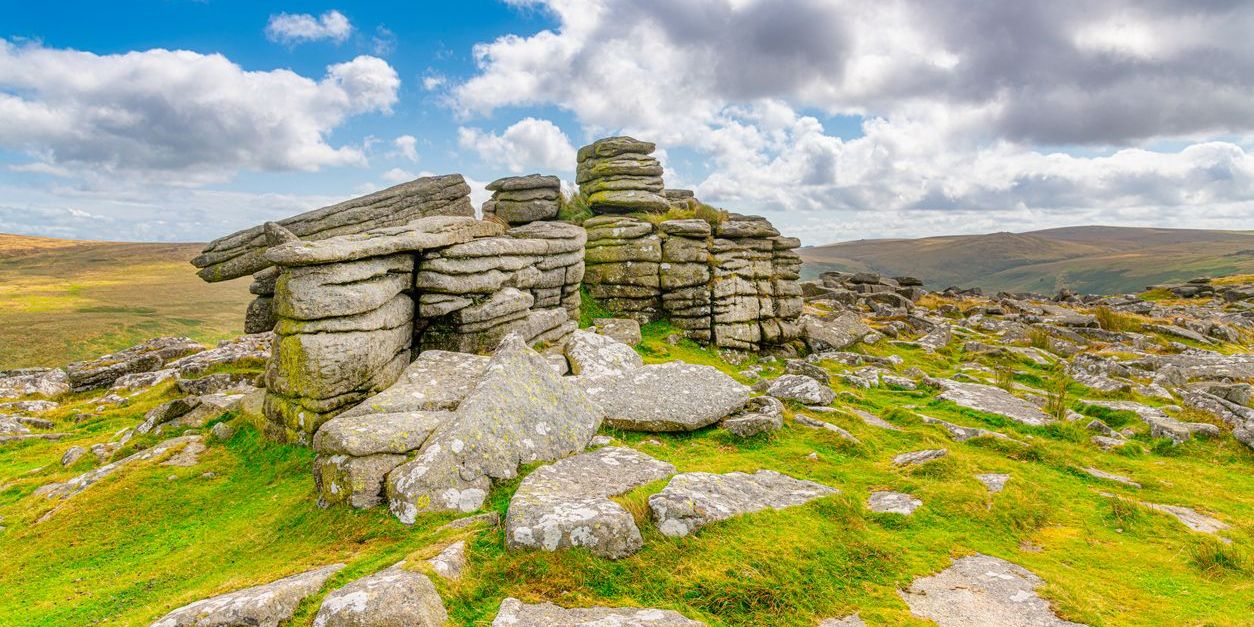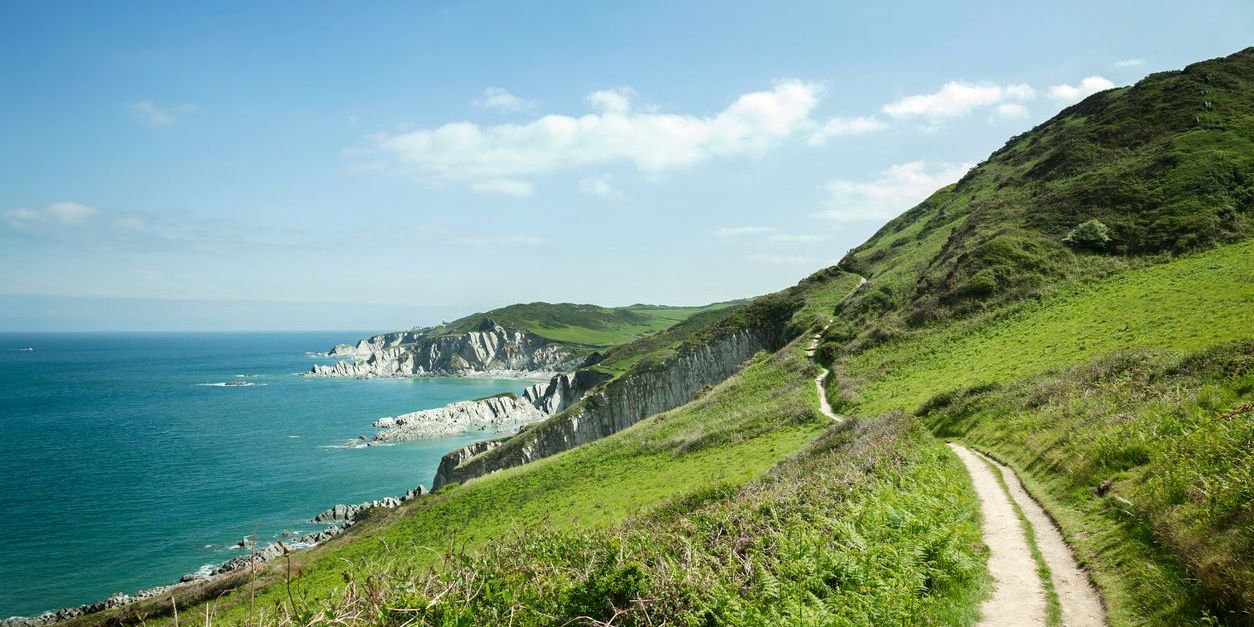Devon, a county in the South West of England, is renowned for its stunning coastline, charming villages, and rich history. However, one of the county’s less widely celebrated but equally captivating features is its landscape of rolling hills and rugged uplands. The Devon hills provide a beautiful, varied backdrop to life in this part of the country and offer countless opportunities for outdoor enthusiasts, nature lovers, and those seeking tranquillity. In this article, we’ll explore the hills of Devon, their geography, significance, and the best ways to experience their natural beauty.
The Landscape of Devon Hills
The Devon hills are characterised by their gentle yet dramatic terrain, formed over millions of years through geological processes including erosion and tectonic shifts. Unlike the soaring peaks of the Lake District or the Scottish Highlands, Devon’s hills are more modest in height but offer a unique charm with their rolling shapes, moorland, and wooded valleys.
Two of the most notable upland areas within Devon are Dartmoor and Exmoor. Both regions showcase the county’s characteristic Devon hills, yet they each have their own distinct feel.
Dartmoor: The Heart of Devon Hills

Dartmoor National Park is perhaps the most famous of the hills of Devon. This vast moorland, covering over 368 square miles, is known for its granite tors — exposed rocky outcrops — which rise dramatically from the rolling hills. The highest point in Dartmoor is High Willhays, standing at 621 metres (2,039 feet), making it the highest peak in southern England.
Dartmoor’s hills are cloaked in wild heather, grasses, and ancient woodlands, creating a landscape that feels both wild and serene. It’s an area steeped in folklore, with tales of mythical beasts, witches, and ancient standing stones adding to the mystique of the hills. For walkers and hikers, the Devon hills of Dartmoor offer a challenging yet rewarding experience with trails that vary from gentle strolls to strenuous climbs.
Exmoor: The Northern Hills of Devon

To the north of Devon lies Exmoor National Park, which extends into neighbouring Somerset. The hills of Devon here are more undulating and forested compared to Dartmoor’s open moorland. Exmoor’s highest point is Dunkery Beacon at 519 metres (1,703 feet), providing breathtaking panoramic views across the hills and out to the Bristol Channel.
Exmoor’s landscape is characterised by a mixture of heathland, ancient woodlands, and farmland, with a rich diversity of wildlife. Red deer roam the hills, and the area is popular for horseback riding, cycling, and walking. The gentle slopes and lush greenery make the Devon hills of Exmoor particularly appealing to those seeking a more pastoral and peaceful experience.
The Significance of the Devon Hills
The Devon hills are more than just pretty landscapes; they hold cultural, historical, and ecological importance.
Cultural and Historical Importance
Throughout history, the hills of Devon have been home to various communities. Dartmoor, in particular, is scattered with prehistoric remains such as stone circles, burial mounds, and ancient field systems, indicating human habitation dating back thousands of years. These ancient landmarks provide a fascinating glimpse into the lives of Devon’s earliest inhabitants.
Moreover, the hills have inspired countless artists, writers, and poets. The wild beauty of Dartmoor features in the works of Sir Arthur Conan Doyle, most famously in The Hound of the Baskervilles. The mysterious and atmospheric quality of the Devon hills has long captured the imagination, making them an enduring symbol of Devon’s natural heritage.
Ecological Importance
The varied habitats found across the Devon hills support a wide range of flora and fauna. Dartmoor’s moorlands are home to rare plants like the marsh fritillary butterfly and the Dartford warbler. Exmoor’s mix of woodland and heathland provides sanctuary to species such as red deer, buzzards, and the elusive pine marten.
Conservation efforts within these upland areas aim to protect the fragile ecosystems that thrive on the hills, balancing human enjoyment with environmental preservation. National parks like Dartmoor and Exmoor play a key role in maintaining the health of these landscapes.

Activities to Enjoy in the Devon Hills
The Devon hills offer an abundance of outdoor activities suitable for all ages and abilities. Whether you’re a seasoned hiker or a casual day-tripper, the hills provide a perfect escape into nature.
Walking and Hiking
Walking is perhaps the most popular way to explore the hills of Devon. Dartmoor National Park has hundreds of miles of public footpaths and bridleways. Popular routes include the challenging climb to High Willhays, the scenic two-day walk along the Two Moors Way (which links Dartmoor and Exmoor), and gentler trails around popular tors such as Haytor and Hound Tor.
Exmoor also offers a variety of walking trails, from coastal paths along the dramatic cliffs to woodland routes through ancient forests. The South West Coast Path runs through Exmoor, offering stunning sea views alongside the hills.
Cycling and Horse Riding
Cyclists and horse riders will also find plenty to enjoy in the Devon hills. Dartmoor features mountain biking trails ranging from easy rides to technical routes, while Exmoor is well-known for its bridleways and horse-friendly paths.
Wildlife Watching and Photography
For wildlife enthusiasts, the Devon hills are a treasure trove. Early mornings and late evenings are ideal times for spotting deer, birds of prey, and other native species. The atmospheric landscape also lends itself perfectly to photography, with changing light and weather creating dramatic scenes across the hills.

Planning Your Visit to the Devon Hills
If you’re considering a visit to the hills of Devon, it’s worth planning ahead to make the most of your time.
- Best time to visit: Spring and summer offer the best weather and the fullest bloom of wildflowers, though autumn brings spectacular colours, and winter’s stark beauty can be equally striking.
- Accommodation: Options range from cosy B&Bs and historic inns to campsites and holiday cottages scattered throughout Devon.
- Getting there: Devon is accessible by road and rail, with major towns such as Exeter and Plymouth serving as gateways to the hills.
- Safety: Always prepare for changeable weather when hiking the Devon hills, and carry suitable clothing, maps, and supplies.





